The Colombia adventure continues. For those of you just joining us, this is a series of blogs I wrote four years ago for CSC Motorcycles when I was rode an AKT Moto RS3 (the carbureted Colombian version of the RX3) through the Andes Mountains. Day 2 of that ride was absolutely awesome, ending with a visit to an enchanted town after a ferry ride down the Magdalena River.
Our second day on the road in Colombia started in Coveñas, and the humidity was oppressive. It was going to get worse as the day went on. We’re in the tropics, not too far from the equator, and hot and humid is the normal way of things here. On the plus side, you don’t care if it rains because you’re already drenched. It actually helps because it’s cooling.
Anyway, back to the morning in Coveñas. We ate in the hotel, and while we were waiting for breakfast, this dude was selling some kind of yams or roots, and Juan Carlos pointed out the scale he was using. It’s about as crude a scale as I’ve ever seen, but it’s sound technically, and it sure makes for an interesting photo.

Here’s a typical Colombian breakfast: Scrambled eggs with tomatoes and onions, bread, and a corn or flour tortilla with cheese (that’s called arrepo). The Colombians are big on cheeses, with different regions producing unique cheeses. It’s quite good.

The guys pointed out this car as we packed the bikes. This probably didn’t end well for the passenger, who most likely was not wearing a seat belt. The riding in Colombia is glorious, but it is stressful. Juan and Carlos said when they ride anywhere else (other than Colombia), it makes them sleepy because there’s only scenery. In Colombia, there’s scenery, but you have to watch out for everyone else. It’s intense. In a country full of twisties, people pass on blind corners routinely. I guess the theory is you pray a lot. People think nothing of passing if the oncoming traffic has room to move over, or if the oncoming traffic is a motorcycle. It’s weird, but you kind of get used to it. But it is intense (just like the heat and the humidity).

When we got on the road after breakfast, we only went maybe a mile when Carlos had a flat tire. Watching the guy repair it was interesting, and so was hanging out watching the world go by in Colombia.


And here are some of those watching the world go by in Colombia photos.
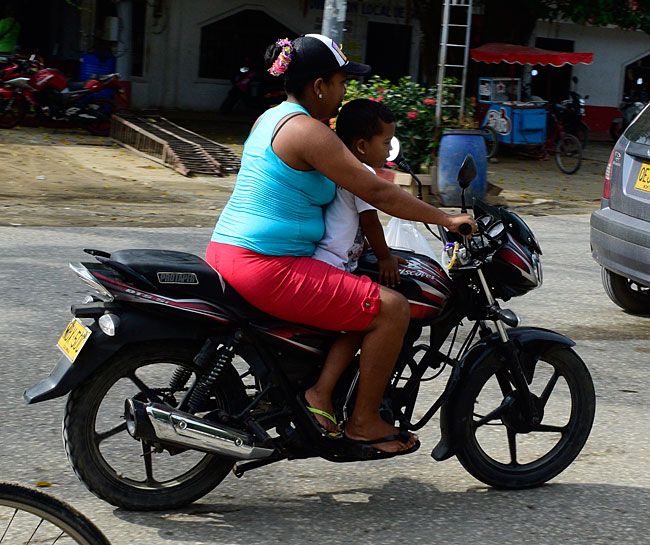








Here’s a photo of our RX3s somewhere on the road, headed to the ferry that would take us to Mompos, a remote town 45 minutes down the Magdalena River.

This church was across the street and just down the road from the ferry loading spot.

I only grabbed a few photos while we were boarding the ferry. The heat and humidity were getting to me at this point. It was about 4:00 in the in the afternoon, and it was sweltering.


Once we were underway, it got a little cooler on the river. You probably saw my video of that ride.
We arrived in Mompos and it was impressive. It’s the oldest town in Colombia, and to say it is off the beaten path would be an understatement. We had dinner in a restaurant run by an Austrian, where I had the best pizza I’ve ever had in my life.


After dinner, we chatted with the owner for a bit, and then we walked along the river front…I grabbed a bunch of photos there.



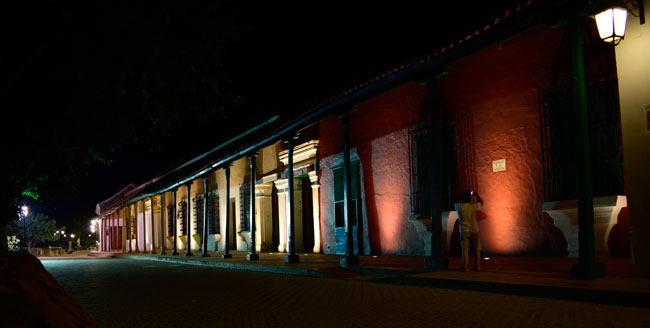
Folks, that’s about it for now. I’m a day behind in keeping you up to date on this trip, but Internet connectivity is dicey in these remote locations. As always, more to follow, if not today, then in a day or two (or three). Stay tuned.
If you’d like to see our earlier blogs in Colombia, please click here.



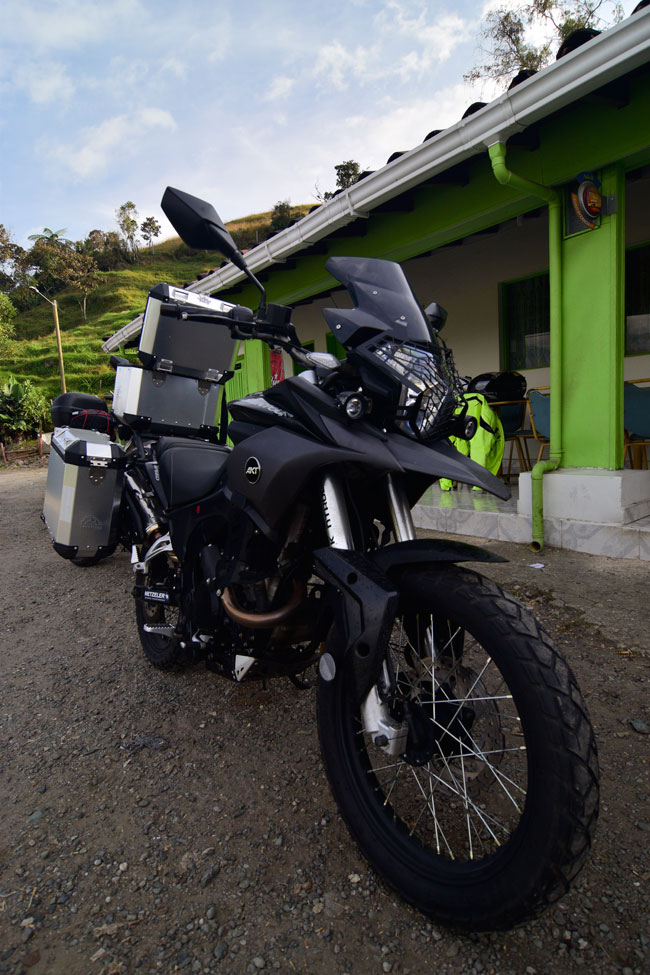

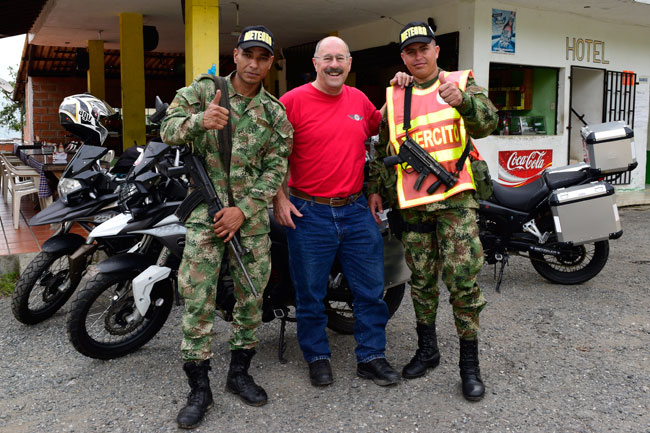








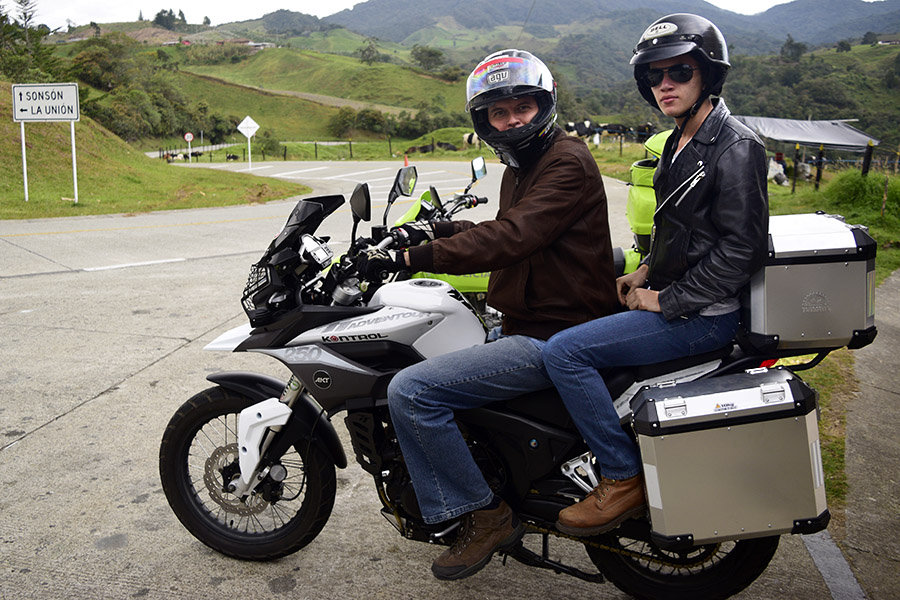

















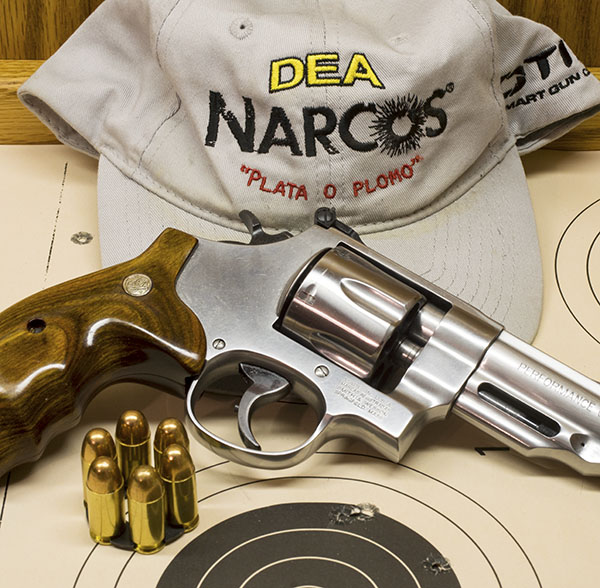
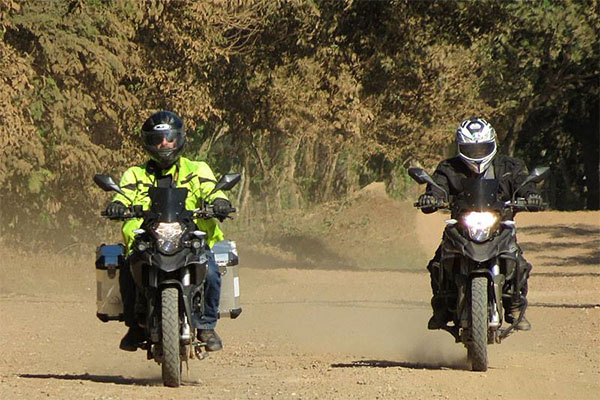





 You know, I did one of the very first San Gabriel videos when those bikes first came to America. It, too, was a hoot.
You know, I did one of the very first San Gabriel videos when those bikes first came to America. It, too, was a hoot.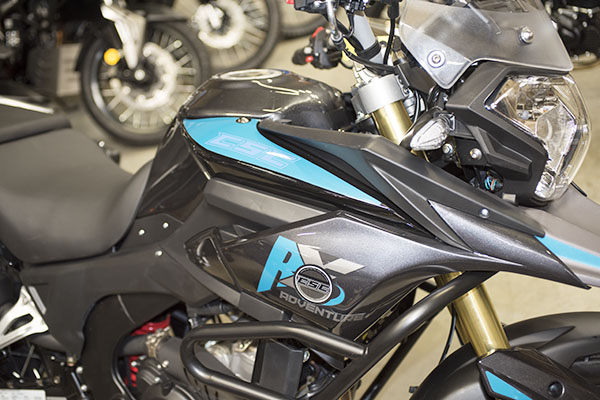
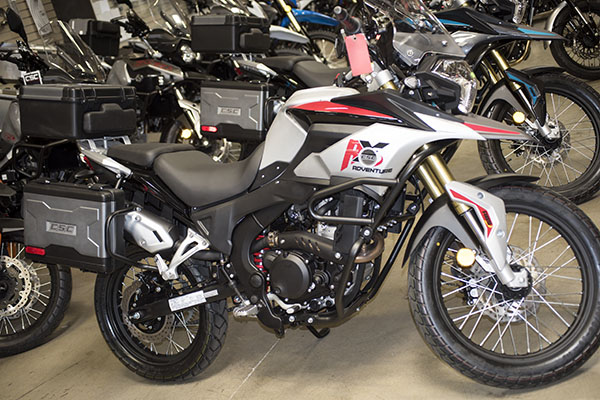

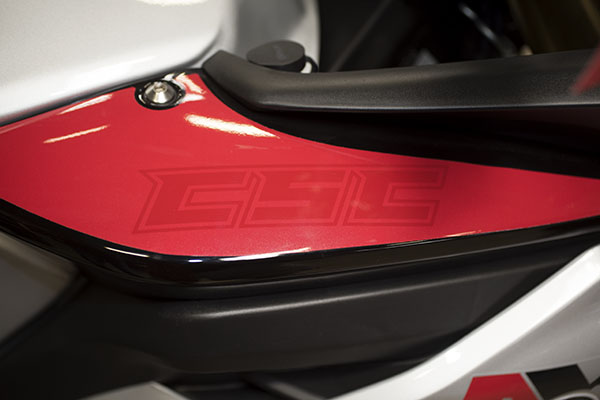






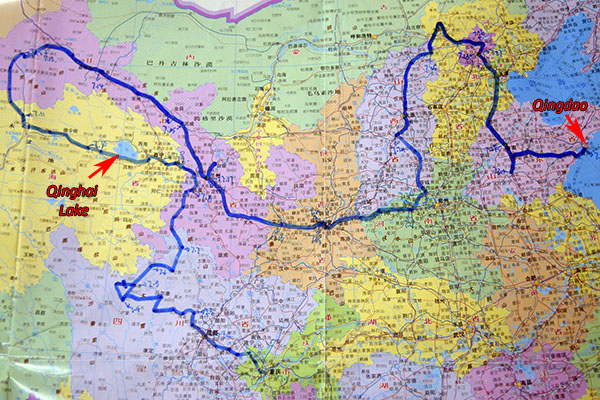






































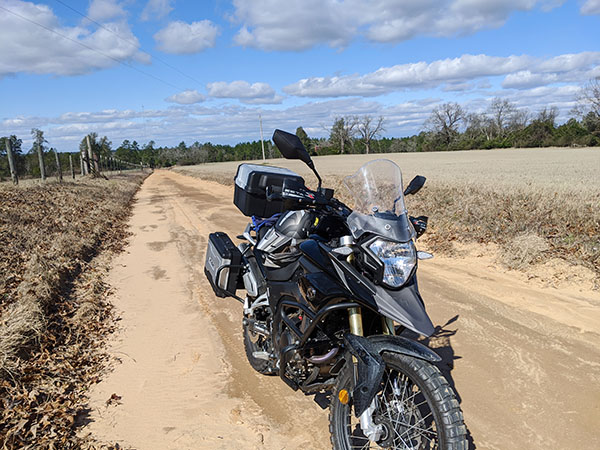





 I do buy stuff, though. Lots of it. In fact, my new goal as a senior citizen is to make sure my outgo equals my income (I keep telling the kids if there’s anything left after I’m gone, it’s strictly the result of an computational error). And to help me meet that goal, I think I’m buying a new motorcycle. One that has no fraud associated with freight and setup, as is typically encountered at most dealers. Maybe around the end of this month. Watch for more details. Before I do that, though, I want to get my TT250 running. I don’t ride as much as I should, and my TT250 carb gummed up from disuse. I’ll have to refer to my free
I do buy stuff, though. Lots of it. In fact, my new goal as a senior citizen is to make sure my outgo equals my income (I keep telling the kids if there’s anything left after I’m gone, it’s strictly the result of an computational error). And to help me meet that goal, I think I’m buying a new motorcycle. One that has no fraud associated with freight and setup, as is typically encountered at most dealers. Maybe around the end of this month. Watch for more details. Before I do that, though, I want to get my TT250 running. I don’t ride as much as I should, and my TT250 carb gummed up from disuse. I’ll have to refer to my free 

